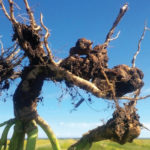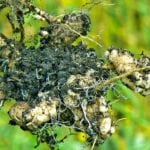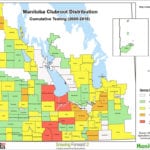It looks like clubroot is moving just a bit differently in Manitoba and that could be good news for producers trying to slow or stop its spread. Bruce Gossen, a research scientist with Agriculture and Agri-Food Canada (AAFC), told the Manitoba agronomist conference earlier this winter there’s a clear pattern in the other Prairie provinces












